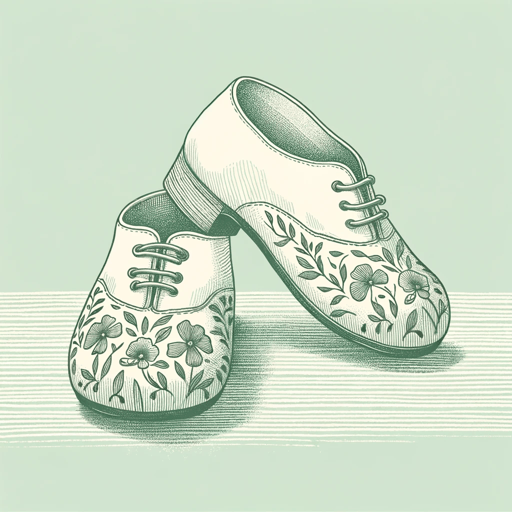56 pages • 1 hour read
Meg Wolitzer, Holly Goldberg SloanTo Night Owl From Dogfish
Fiction | Novel | Middle Grade | Published in 2019A modern alternative to SparkNotes and CliffsNotes, SuperSummary offers high-quality Study Guides with detailed chapter summaries and analysis of major themes, characters, and more.
Background
Cultural Context: LGBTQ+ Representation in Middle-Grade Literature
The prevalence of LGBTQ+ characters and themes in middle-grade literature greatly expanded over the first few decades of the 21st century. This shift coincided with breakthroughs in the LGBTQ+ rights movement (such as the 2015 adoption of marriage equality in the US) as well as an associated push for better LGBTQ+ representation in all genres of literature and media. Shifting ideas about how to introduce children to topics of romance, intimacy, and relationships have also contributed to expanded representation. Whereas orientation was once considered an inappropriate subject for preteens, more recent research suggests that it is more damaging to ignore these topics than to incorporate them in age-appropriate ways. Doing so provides LGBTQ+ youth with fictional role models and encourages children to accept their LGBTQ+ peers.
Though middle-grade novels sometimes feature LGBTQ+ protagonists, the target readership for this genre (roughly ages 8-12) is often more preoccupied with questions of family than romance or personal identity. Consequently, parental figures are one major way that middle-grade novels represent the LGBTQ+ community. Like the protagonists of this novel, many preteens have LGBTQ+ parents, whether or not they are themselves part of the LGBTQ+ community. In To Night Owl from Dogfish, the depiction of two girls with gay fathers coincides with a broader exploration of 







Related Titles
By these authors




